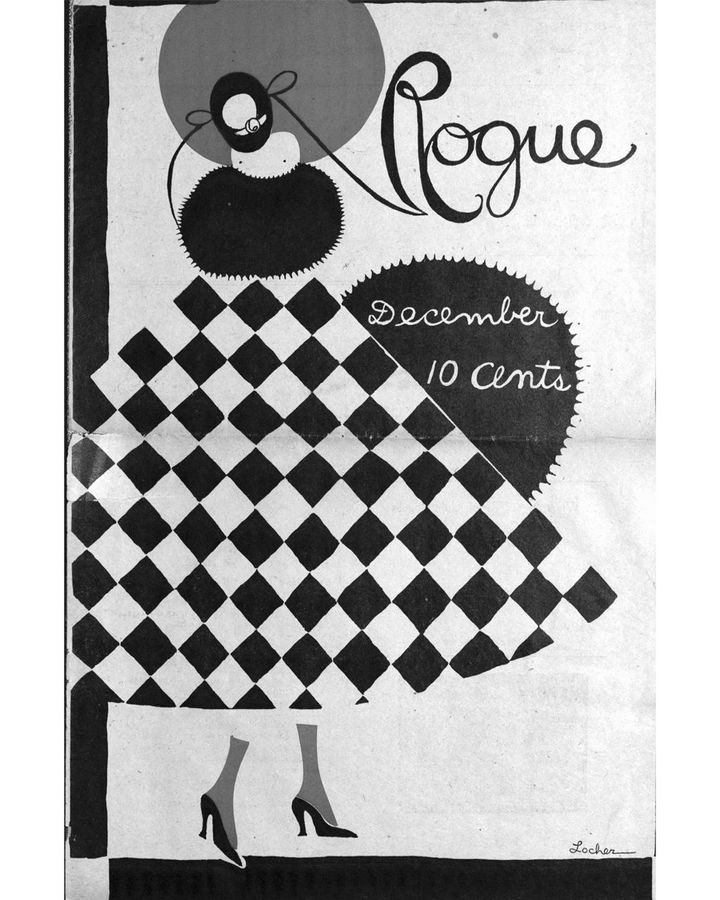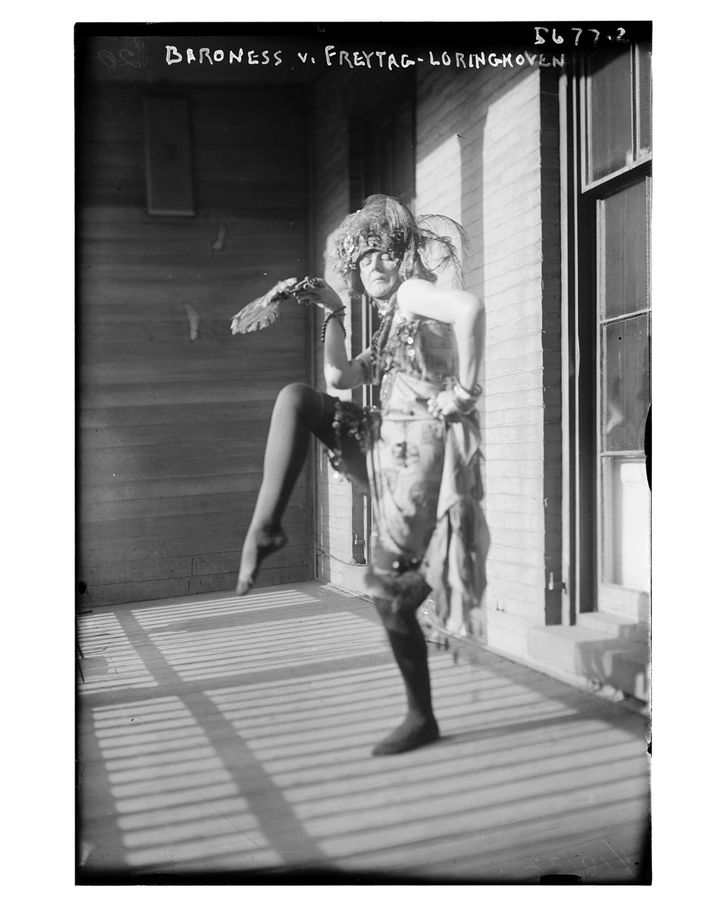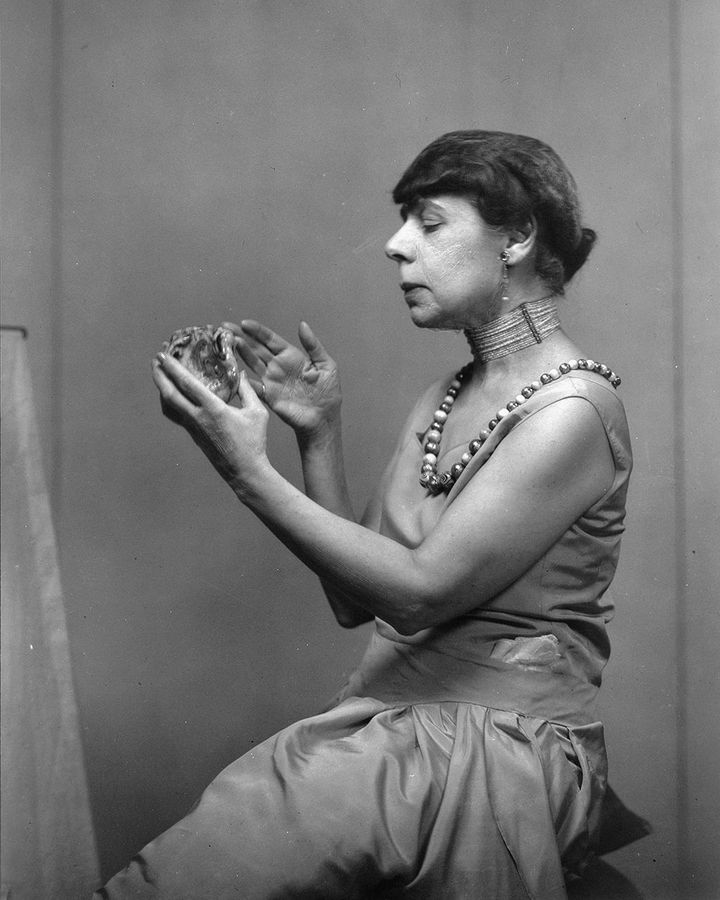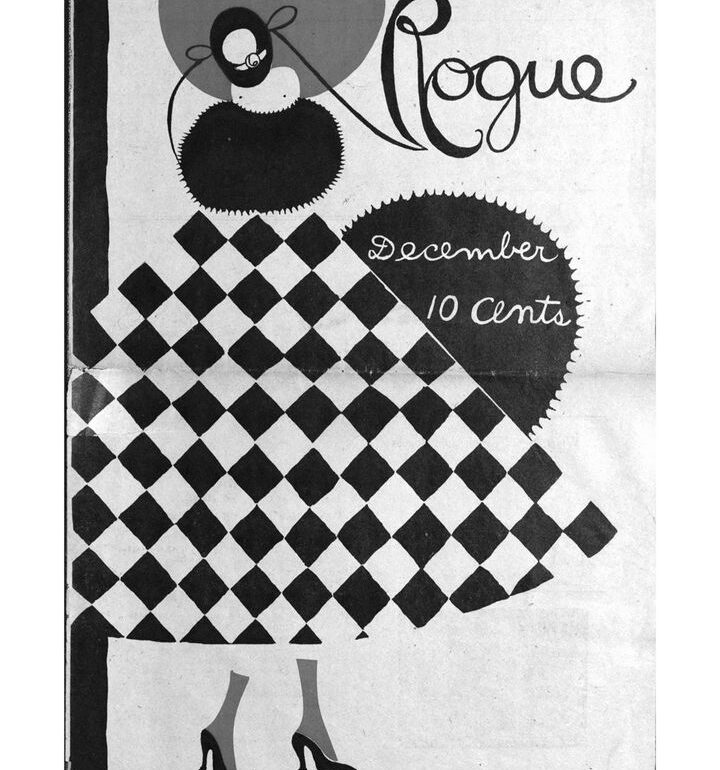New York is undoubtedly one of the most culturally vibrant cities in the world. But it wasn’t always so. In Radicals and Rogues: The women who made New York modern, the writer and researcher Lottie Whalen reveals that its transformation in the early decades of the 20th Century was largely thanks to a bold, taboo-busting cohort of women who pushed boundaries both creatively and socially. As artists, writers, salon hosts and patrons they passionately embraced new forms of living, loving and creating.
They “were harnessing a restless energy sweeping across both the US and Europe in the early 20th Century,” Whalen tells BBC Culture. Everyone from trade unionists to anarchists were agitating for more rights and looking for new ways of living. “Women in particular didn’t want to live the same lives as their mothers… they wanted to be active participants in all aspects of life,” she says.
More like this:
– The shocking memoir of the Lost Generation
– The most audacious painters of all
– 25 of the best books of the year so far
This restless energy coincided with a new awareness of what art could be in the aftermath of 1913’s groundbreaking Armory Show, which had introduced modern art to a somewhat bewildered US public. At the time New York might have been indisputably modern in terms of technology and industry, but when it came to art and culture it was lagging far behind Europe. “There was a lack of expertise and even interest in modern art. It didn’t have that kind of infrastructure to develop young artists, like the salons in Paris,” explains Whalen.
“There will be a riot and a revolution and things will never be the same afterwards,” wrote Mabel Dodge, one of the organisers, to her friend Gertrude Stein, who knew a thing or two about modern art. As Whalen emphasises, the fact that women did the lion’s share of fundraising and organising for the show has tended to go unacknowledged. This included wealthy socialites such as Gertrude Vanderbilt Whitney and Lillie Bliss, but also a whole host of less well-off women who contributed $5 donations.

Rogue was a satirical magazine which engaged in contemporary debates about the role of art and the artist (Credit: Beinecke Rare Book and Manuscript Library, Yale Uni, New Haven)
Many of the women caught up in this new spirit gravitated towards Greenwich Village, nicknamed the “Smock Colony,” in reference to the flowing garments favoured by its female inhabitants. Greenwich was home to radical cafés such as Polly’s, run by the anarchist Paula “Polly” Holladay and innovative little magazines such as Rogue, which drew together some of the most intriguing creative talents of the era.
Scandal and notoriety
Greenwich’s undisputed bohemian queen was the artist Clara Tice. The first woman in the Village to bob her hair, she dressed in scandalously short dresses, frequently of her own design, or horse-riding ensembles accessorised with thigh-high boots. Her illustrations of stylish women dancing, driving or playing sport with unabashed pleasure graced the pages of Vogue and Vanity Fair. “She had this instinctual understanding of the rhythm of modern life which she expressed through her work in a very physical way,” says Whalen.
Tice had obtained instant notoriety when a 1914 exhibition of her nudes at Polly’s had been shut down by Anthony Comstock, a puritanical anti-vice campaigner. Polly’s, decorated in bright Fauvist colours, was an artwork in its own right and attracted an eclectic clientele of artists and activists who discussed everything from access to birth control to the latest developments in art, philosophy and politics. Whalen thinks Tice quite deliberately wanted to frame her work in this radical context. Comstock took the bait, seeing it “as part of this broader movement for women’s rights, and specifically the birth control movement, which was his major target,” says Whalen.
Shutting the show proved a hollow victory. Tice became a media sensation, with her sketches selling out and the offer of more shows at other New York galleries. By the early 1920s, society women were copying her distinctive style, albeit in a more sanitised manner.




The radical poet Mina Loy, pictured with Djuna Barnes, was one of the contributors to Rogue magazine (Credit: Beinecke Rare Book and Manuscript Library, Yale Uni, New Haven)
Tice was one of the contributors to Rogue – an obvious pun on Vogue – the irreverent, satirical magazine co-edited by Louise Norton which engaged in contemporary debates about the role of art and the artist in modernity. Norton herself contributed an idiosyncratic fashion column to the magazine under the guise of Dame Rogue in which she theorised the link between women’s bodily autonomy, their political enfranchisement, and their choice of dress. “Fashion is so easily dismissed as frippery, and I think she was so ahead of her time for the way that she kind of put it onto the agenda and gave it some intellectual weight,” says Whalen.
The artist, designer and poet Mina Loy was another contributor. Her poetry, which combined Futurism with feminist sexual politics in experimental free verse, shocked and baffled the conservatively minded in equal measure. Her Love Songs, published in the convention defying Others magazine, was considered particularly controversial for its portrayal of the visceral reality of sexual relationships.
‘Pioneering new forms’
While Loy might have shocked on the page, the artist and poet Baroness Elsa von Freytag-Loringhoven shocked wherever she went. A “neurasthenic, kleptomaniac, man-chasing proto-punk,” in the words of her biographer Irene Gammel, the Baroness was a living, breathing artwork. She strolled the streets of New York dressed in jaw-dropping outfits composed of salvaged rubbish and an eclectic array of household items. Tin cans were worn as bra tops while curtain rings, tea strainers and even a canary in a cage were transformed into jewellery.
Whalen notes that in turning found objects into artworks the Baroness was ahead of Dada pioneer Marcel Duchamp. Her Enduring Ornament, a rusted industrial iron ring she salvaged from the street in 1913, pre-dates Duchamp’s Bottle Rack by a year.




Baroness Elsa von Freytag-Loringhoven walked the streets of New York dressed in outfits made of an array of household objects (Credit: Library of Congress, Washington, DC)
Whether she was feared or admired depended very much on the sex of those she encountered. “Men felt very threatened, very unsettled. She had this voracious sexuality that they just couldn’t handle,” says Whalen. Both Duchamp and the poet William Carlos Williams were disconcerted by her desire for them. “She wasn’t this little ingenue. She was a very bold woman, and that’s not what they wanted.”
Women were more supportive and understanding, particularly Margaret Anderson and Jane Heap, the editors of the Little Review, which gained notoriety for serialising James Joyce’s Ulysses. “I think they really understood what she was doing and why she was important, breaking those taboos and pioneering new forms in the same way as Joyce,” says Whalen.
Outside Greenwich Village the salon of Louise and Walter Arensberg, situated in the more illustrious Upper West Side, provided a vibrant and fun-loving space for many of these women to gather, together with Duchamp and other cosmopolitan art world luminaries.
It was here that the idea for the infamous Fountain – a porcelain urinal signed with the pseudonym R.Mutt – germinated. Fountain caused a scandal when its rejection from the inaugural exhibition of the Society of Independent Artists made a mockery of their supposedly inclusive policies. Although Duchamp eventually claimed authorship of Fountain, Whalen emphasises the important role played by both Norton and the self-professed “Mama of Dada,” Beatrice Wood in its creation and enduring legacy.
Both Norton and Wood provided important commentary on Fountain within the pages of The Blind Man magazine which Wood had founded alongside Duchamp and the author Henri Pierre-Roché, which helped cement its relevance for future generations. Whalen also suggests that when Duchamp said in a letter to his sister that a woman had submitted Fountain using a male alias it is highly likely that he was referring to Norton. Not least because the tag attached to Fountain had her address on it.
Although certain scholars have recently revived a theory that the idea for Fountain was actually stolen from the Baroness, Whalen herself does not believe this to be true. “It’s unfortunate that the Baroness theory further erases the very active and vital contribution of these women in the conception and legacy of Fountain,” she says.
‘Undeniable impact’
The salon of the Stettheimer sisters, Florine, Carrie and Ettie, was more exclusive but equally radical in its own way. As wealthy, open-minded society women their home was “a safe space for queer artists to experiment with their sexuality and self and gender that was quite unique in New York,” says Whalen. Although such spaces did exist in Greenwich Village, they were constantly under threat from the New York Society for the Suppression of Vice. At the Stettheimer’s guests including Cecil Beaton were free to be their true selves.




The Stettheimer sisters were open-minded society women and artists – Carrie’s doll’s house may have influenced Marcel Duchamp (Credit: Library of Congress, Washington, DC)
As an artist Florine Stettheimer embraced a decorative, slightly camp aesthetic with which she created paeons to the city life she adored. “She was just so good at capturing those really ephemeral moments of modern life, whether that’s a street scene in New York or the Stetteheimer gatherings,” says Whalen. At the same time, she refused to be cowed by modernity’s cult of youth, painting herself full-frontal nude at the age of 44.
While Florine was painting, Carrie was creating her own fantasy world in the form of a doll’s house, which intriguingly subverted the boundaries between art and craft. A standout feature is the ballroom, which contains around 30 miniature versions of paintings and sculptures by the Stettheimer’s artist friends, including a tiny version of Duchamp’s Nude Descending a Staircase No. 2. Whalen believes that Carrie’s doll’s house was an influence on Duchamp’s own miniature project, Boîte-en-valise, which he began in 1935. However, as with Norton and Wood’s involvement with Fountain, this has been overlooked.
The reasons for these women’s relative anonymity today is down to multiple factors. Rising rents forced the creative communities of Greenwich Village to disband, and, post-World War One, conservative forces were keen to have women back in their box. When the art history of the era was written, their contribution was conveniently overlooked in favour of their male compatriots.
However, their impact is undeniable. Whalen points out that on a very physical level the map of New York’s contemporary art world would be very different without Armory Show supporters Gertrude Vanderbilt Whitney and Lillie Bliss. Whitney of course founded her eponymous museum while Bliss, alongside Abby Aldrich Rockefeller and Mary Quinn Sullivan, was behind the founding of MoMA.
When it comes to the more daring artists of the 1910s and 20s, Whalen sees their legacy coming back into its own with second-wave feminist performance artists in the 1960s. “Think of artists like Yoko Ono and Carolee Schneemann, and the way that they play with the body and sexuality… I think Carolee Schneemann was taking on the Baroness’s legacy in a really wonderful way,” she says.
Ultimately “we’re still coming to understand how important these women’s work was,” says Whalen. “There’s still a lot of work to be done. Their legacy continues to unfold in the present day.”
Radicals and Rogues: The women who made New York modern is out now
If you liked this story, sign up for The Essential List newsletter – a handpicked selection of features, videos and can’t-miss news delivered to your inbox every Friday.
If you would like to comment on this story or anything else you have seen on BBC Culture, head over to our Facebook page or message us on Twitter.
This post was originally published on this site be sure to check out more of their content.








